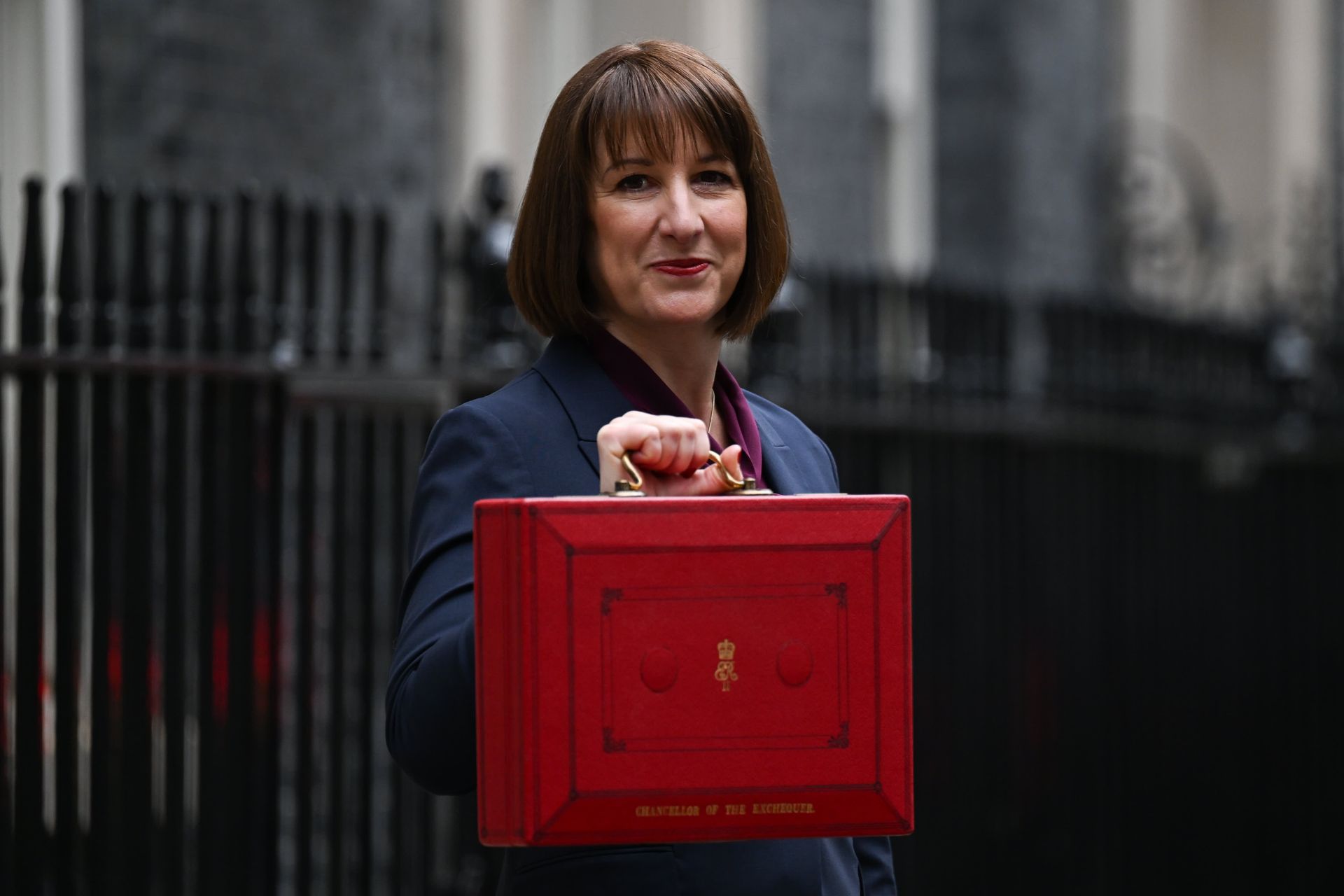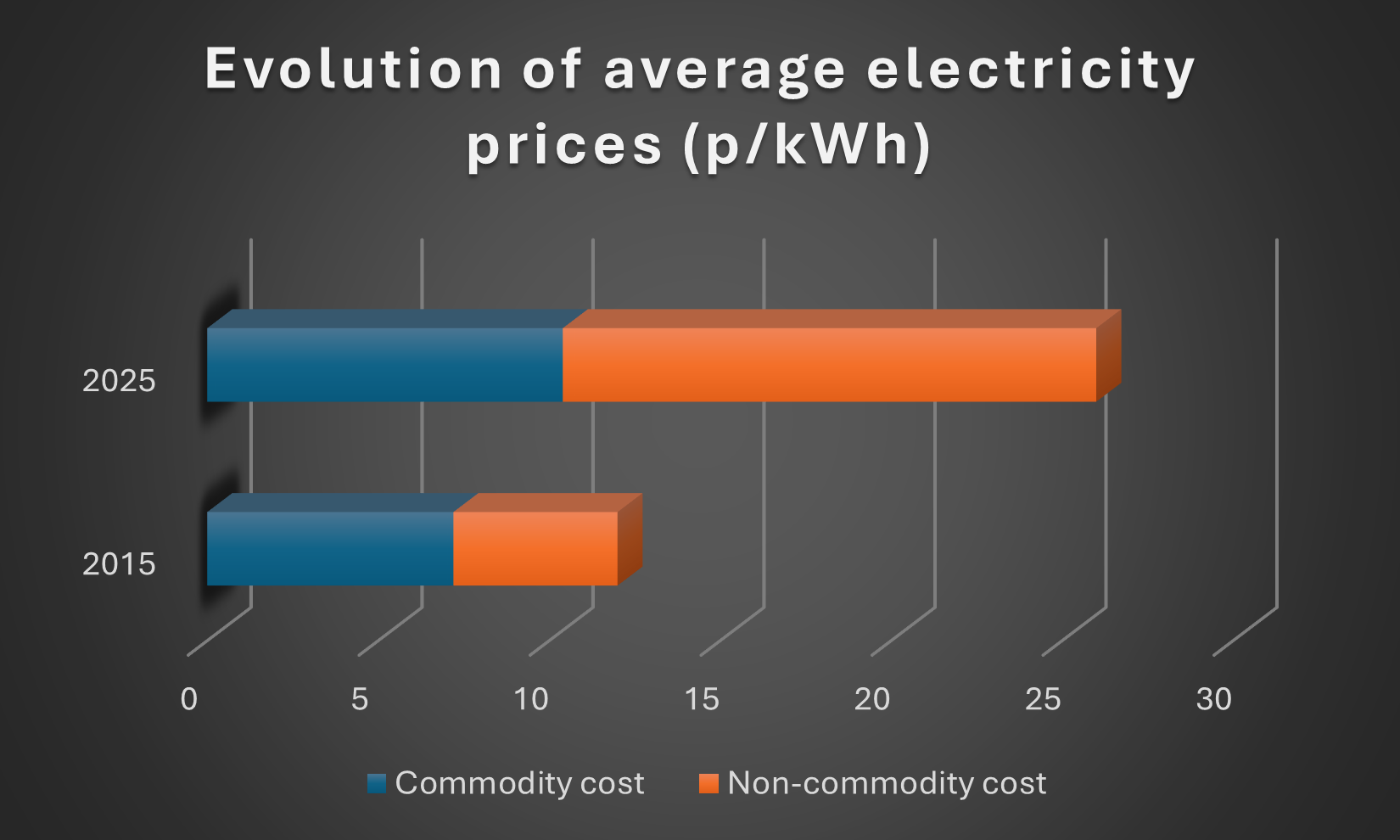How the ETII discount works
Receiving the ETII discount
The scheme
The UK government has introduced a new scheme to help energy-intensive businesses cope with rising energy costs. The Energy and Trade Intensive Industry (ETII) scheme provides a discount on energy bills for businesses that meet certain criteria.
Unlike other government discount schemes, eligible companies will need to apply to receive the discount. There is also a deadline for this scheme, and applications need to be received by the 25th of July 2023 in order for an organisation to receive the discount during the period of April 2023 – March 2024.
In our previous article we gave an outline for what this scheme entails and who is eligible to apply for it.
Today’s article will follow on from that showing what you can expect to happen after your application has been submitted and how your discount will be applied.
After the application
After the submission of an application there will be a review conducted by the Department for Energy Security and Net Zero (DESNZ). Successful applications will then be issued with an ETII certificate.
If there are changes to the business that may affect their eligibility to the scheme they will be required to reapply. Such changes could include a change of supplier, change of meter numbers, or changes that mean they no longer generate 50% of their revenues from UK activity.
How the discount is applied
Once an application has been successful the ETII discount will be applied to bills where the prices are above the thresholds outlined.
With the ETII discount there are thresholds of 9.9p/kWh for gas and 18.5p/kWh for electricity, and there are maximum discounts of 4p/kWh for gas and 8.9p/kWh for electricity.
These discounts can apply to up to 70% of energy used.
Example: If a company with the ETII discount is consuming 10,000 kWh/month and is paying over 27.4p/kWH then they will be entitled to the 8.9p/kWh discount on 70% of consumption.
This 8.9p discount per unit would see save almost £7,500/year just through the ETII discount.
If the same company were consuming 100,00kWh/month then they would be making a monthly saving of £6,230.
Where a business is paying over 30.2p/kWh for electricity they will still be entitled to the government’s baseline support discount, even when they are eligible for the additional ETII discount.
Given that the scheme has a lower threshold than the government’s baseline support discount it is important for eligible companies to complete their application before the deadline and to ensure that they receive the maximum amount of support that they are entitled to.
Further Help
If you require any help with your application or would like assistance in gauging whether your business qualifies for the discount, then don’t hesitate to get in touch with one of our trained advisors at Seemore Energy. We can help you through every step of the process and ensure you receive the full discount that you are entitled to.
Don’t risk missing the deadline, allow us to check your eligibility today.
Contact Us for assistance with your ETII application










